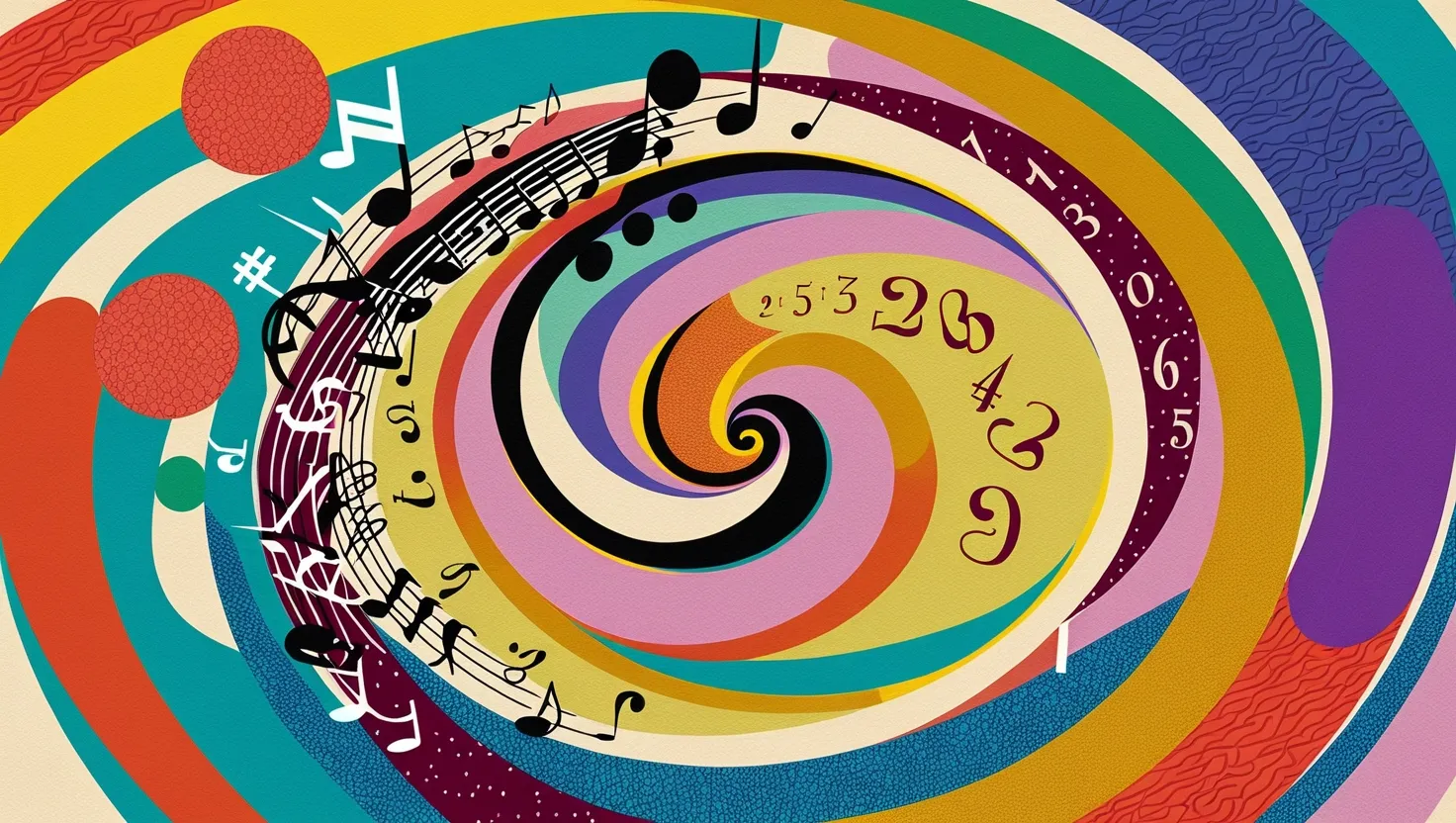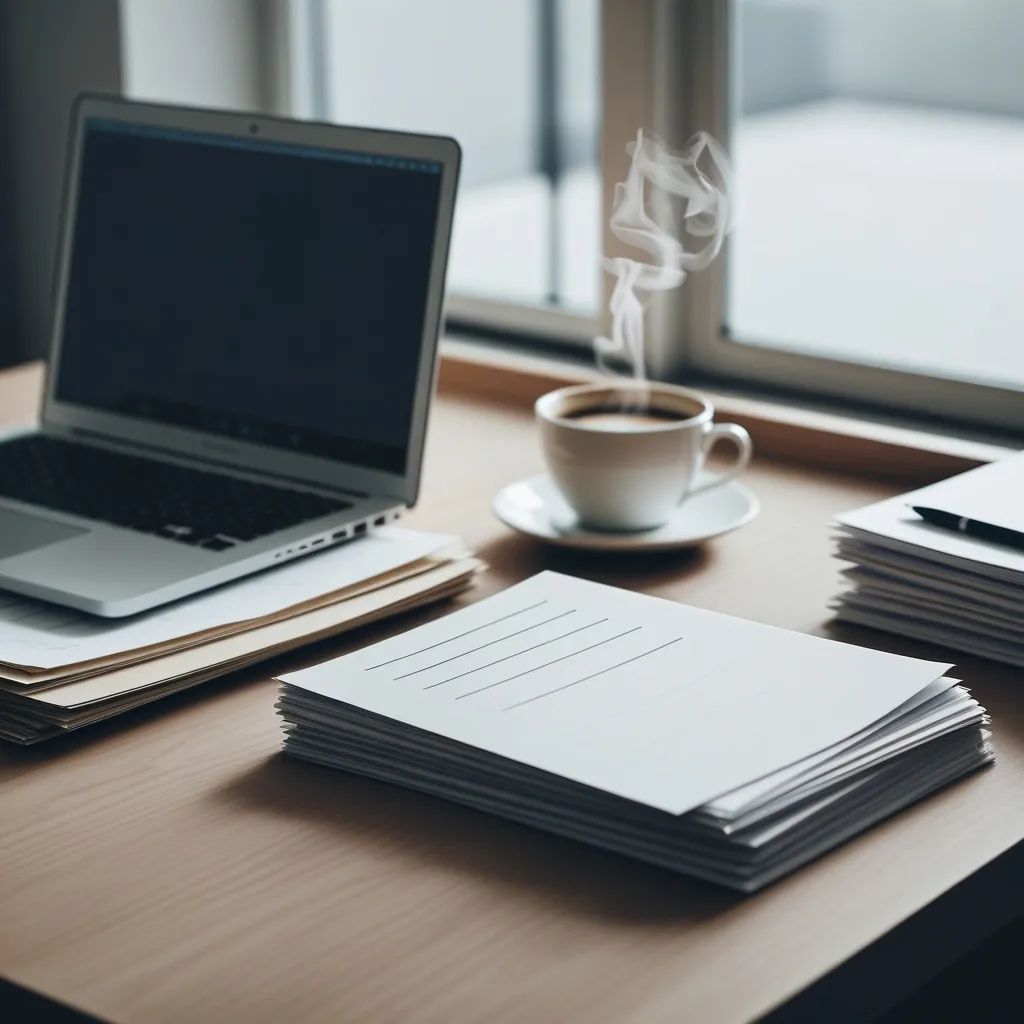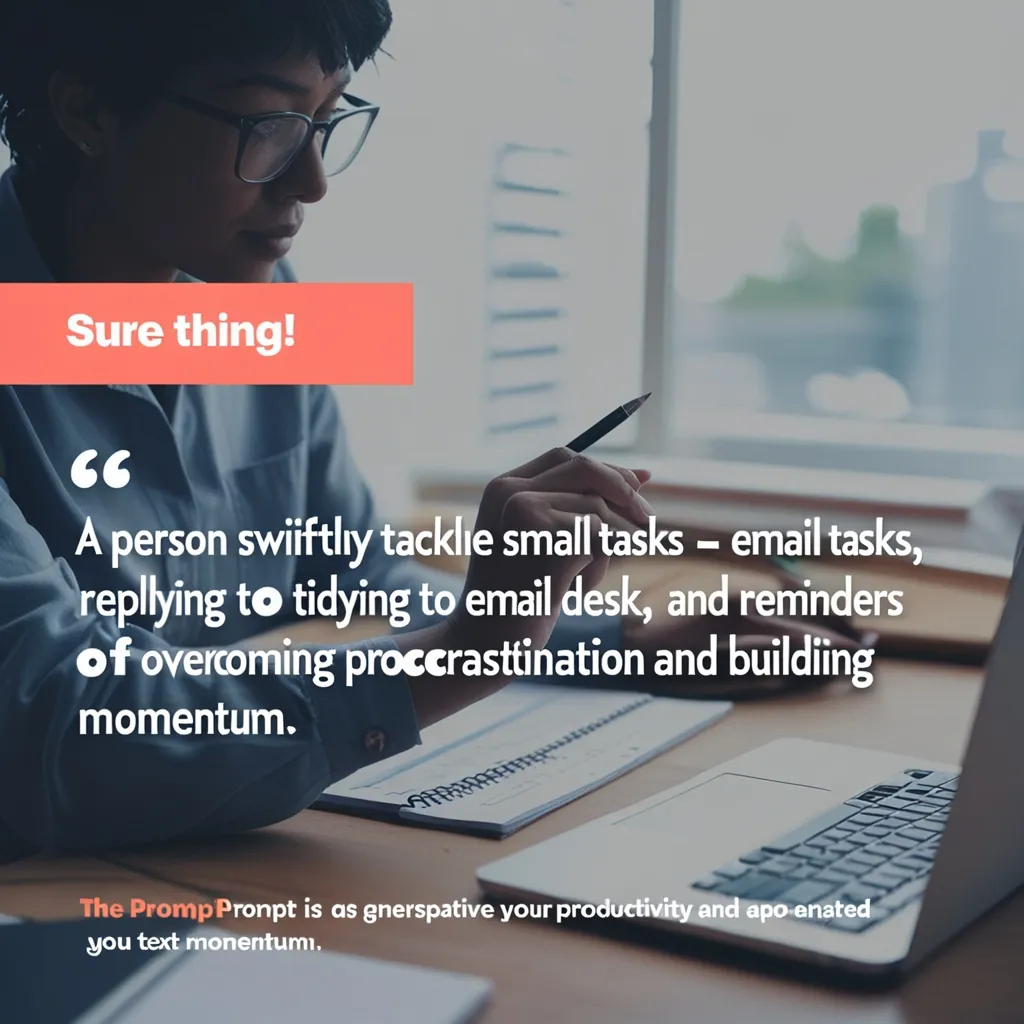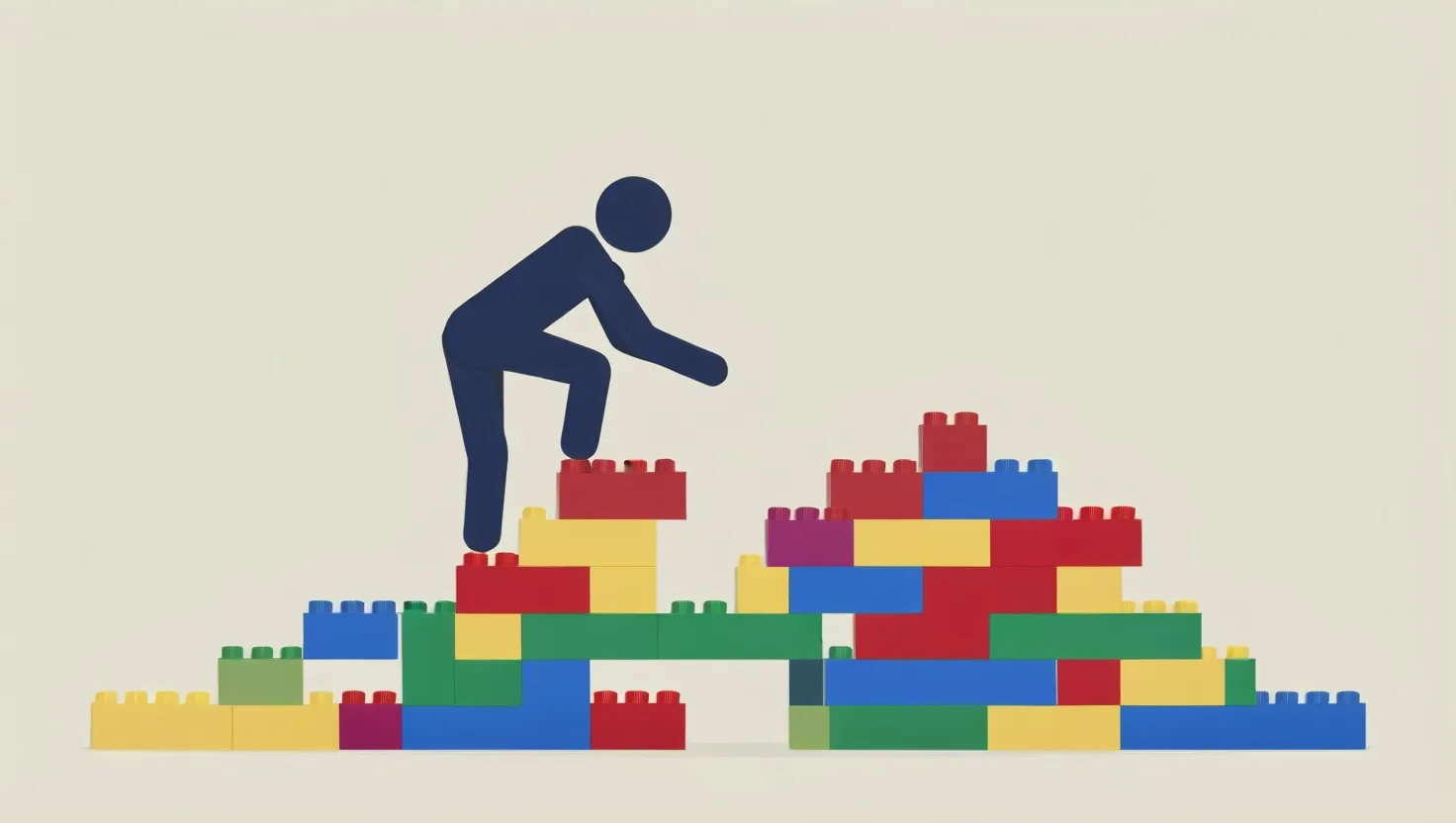In the realm of human perception, there exists a fascinating phenomenon where the boundaries between senses blur, and this is known as synesthesia. For those who experience synesthesia, the world is a kaleidoscope of interconnected sensations where sounds can evoke colors, numbers can taste like specific flavors, and even words can trigger distinct textures. This unique perceptual experience is not just a curiosity; it holds the potential to enhance our cognitive performance in remarkable ways.
Imagine sitting at your desk, surrounded by the gentle hum of a waterfall or the soothing melody of a piano. These sounds are not just background noise; they are carefully chosen to trigger specific cognitive states. This is the concept of sonic synesthesia, where sound is leveraged to create a personalized audio environment that boosts focus, creativity, and problem-solving abilities.
The Science Behind Synesthesia
Synesthesia is not a rare condition; it affects about 1 in 2,000 people, although it may be more common than reported. Research suggests that synesthetes have brains that are structurally and functionally different from those of non-synesthetes. For instance, studies have shown increased gray and white matter volumes in areas of the brain associated with sensory processing, such as the auditory and visual cortices. This altered brain structure allows for greater cross-talk between different sensory regions, leading to the unique experiences of synesthesia.
Harnessing Synesthesia for Cognitive Enhancement
The idea of using sound to enhance cognitive performance is rooted in the brain’s ability to form cross-sensory connections. In synesthesia, this connection is involuntary, but it can be replicated and harnessed through deliberate training. For example, if you find that the sound of rain helps you focus, you can create an audio environment that mimics this sound. Over time, your brain will associate the sound of rain with a state of heightened focus, making it easier to concentrate on complex tasks.
Personalized Audio Environments
Creating a personalized audio environment involves more than just picking your favorite tunes. It requires an understanding of how different sounds affect your cognitive states. Here’s a practical approach: start by identifying the sounds that naturally make you feel more alert, creative, or relaxed. For some, the rhythmic beat of drums might sync perfectly with analytical thinking, while for others, the soft chirping of birds could enhance creativity.
Once you have identified these sounds, you can use them to create specific audio profiles. For instance, if you have a task that requires intense focus, you might create a playlist that includes the sound of a gentle stream or the hum of a quiet engine. These sounds can be combined with visual or tactile cues to further enhance the effect. Imagine listening to the sound of waves while working on a complex problem; the visual cue of a beach scene or the tactile sensation of sand between your toes can amplify the cognitive benefits.
The Role of Consistency and Training
Consistency is key when training your brain to associate specific sounds with cognitive states. Synesthetes often report that their experiences are remarkably consistent over time; for example, if the letter ‘A’ is always red for a synesthete, it will remain so. Similarly, when creating your audio environment, it’s important to maintain consistency in the sounds you use. If you always listen to classical music when working on creative tasks, your brain will learn to associate that music with a creative state.
Training involves repeated exposure to these sounds in the context of the tasks you want to enhance. Start with short sessions and gradually increase the duration as your brain becomes more accustomed to the associations. You might find that after a few weeks, the sound of a piano concerto automatically puts you in a creative mindset, or the sound of ocean waves helps you relax and focus.
Cross-Sensory Connections and Multisensory Experiences
The brain’s ability to form cross-sensory connections is at the heart of synesthesia. This phenomenon is not limited to synesthetes; anyone can benefit from creating multisensory experiences. For example, listening to music while visualizing a specific scene can enhance memory and cognitive processing. This is because the brain is processing information from multiple senses simultaneously, which can lead to a more robust and memorable experience.
In the context of sonic synesthesia, this means combining sounds with visual or tactile cues to create a rich sensory environment. Imagine working on a project while listening to music that evokes a specific visual scene. This could be a nature soundtrack that makes you visualize a forest, or an urban soundscape that brings to mind a bustling city. The combination of sound and vision can make the experience more engaging and enhance your cognitive performance.
Real-World Applications
The applications of sonic synesthesia extend beyond personal productivity. It can be used in educational settings to enhance learning, in therapeutic environments to aid in relaxation and focus, and even in professional settings to improve teamwork and creativity.
For instance, in a classroom, teachers could use specific sounds to help students focus or relax. A gentle, soothing melody might be played during reading sessions to enhance comprehension, while a more energetic soundtrack could be used during group projects to boost creativity and collaboration.
In therapeutic settings, sonic synesthesia can be a powerful tool for individuals with anxiety or ADHD. By creating a personalized audio environment that triggers relaxation or focus, therapists can help patients manage their symptoms more effectively.
The Future of Cognitive Enhancement
As we delve deeper into the world of sonic synesthesia, we begin to see the vast potential it holds for cognitive enhancement. This is not just about using sound as a tool; it’s about understanding how our brains process information and leveraging that understanding to improve our performance.
Future research could explore the use of advanced technologies like brain-computer interfaces and AI-generated soundscapes to create highly personalized and adaptive audio environments. Imagine wearing a headset that adjusts the sound in real-time based on your brain activity, ensuring that you are always in the optimal cognitive state for the task at hand.
Conclusion
Sonic synesthesia is more than just a fascinating phenomenon; it’s a practical tool for enhancing our cognitive abilities. By understanding how sound can trigger specific cognitive states and creating personalized audio environments, we can turn everyday tasks into multisensory experiences that boost our performance.
As you embark on this journey, remember that the key is consistency and training. Start by identifying the sounds that naturally enhance your focus, creativity, or relaxation, and then use these sounds to create a tailored audio environment. With time and practice, you’ll find that sound becomes more than just background noise—it becomes a powerful tool that unlocks your hidden mental capabilities.
In this world, where sound is not just heard but seen and felt, the possibilities for cognitive enhancement are endless. So, the next time you sit down to work or study, don’t just turn on any music; create an audio environment that leverages the power of sonic synesthesia to enhance your performance. The results might just surprise you.






